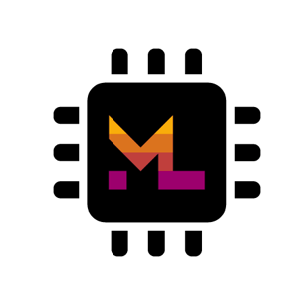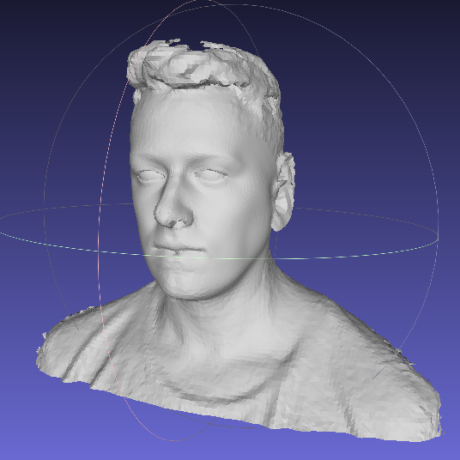Discover and explore top open-source AI tools and projects—updated daily.
python by  zhanghe06
zhanghe06
Code snippets for Python usage
Top 63.7% on SourcePulse
This repository serves as a personal log of Python development practices, focusing on practical guides for setting up environments, integrating libraries, and managing deployments. It targets developers looking for detailed, step-by-step instructions on common Python tasks, including image recognition, web scraping, and database interactions. The primary benefit is a consolidated collection of solutions and configurations for various Python-related challenges.
How It Works
The repository documents a range of Python libraries and tools, providing installation and usage examples. It covers essential libraries like Pillow for image manipulation, pytesseract for OCR, Requests for HTTP, Tornado for web servers, and PyQuery for web scraping. It also details database integrations with MySQL (MySQLdb, PyMySQL) and PostgreSQL (psycopg2), as well as NoSQL databases like MongoDB (pymongo) and search engines like Elasticsearch. The approach is highly practical, offering command-line snippets and configuration examples for common development and deployment scenarios.
Quick Start & Requirements
- Installation: Primarily uses
pipfor package installation within virtual environments (virtualenv). Commands likepip install -r requirements.txtare common. - Prerequisites: Requires a Linux environment (Ubuntu mentioned), Python 2.7.x (though modern practices would use Python 3), and various system libraries (e.g.,
libjpeg-dev,libfreetype6-dev,libxml2,libxslt1-dev,libevent-dev,libpq-dev). Specific tools liketesseract-ocrandleptonicaare needed for image processing. - Setup: Involves setting up SSH keys for GitHub, creating virtual environments, and installing dependencies. The setup for image recognition with
pytesseractrequires installingtesseract-ocrand its language packs, which can be time-consuming.
Highlighted Details
- Detailed guides for setting up image recognition pipelines using
pytesseractandPillow, including troubleshooting common errors like missing shared libraries and data files. - Comprehensive instructions for installing and configuring various databases (MySQL, PostgreSQL, MongoDB) and search engines (Elasticsearch) with their respective Python drivers.
- Practical advice on web development with Tornado, including Nginx reverse proxy configuration and Supervisor for process management.
- Explanations of Python's core data types, control flow, and coding style (PEP 8).
Maintenance & Community
This appears to be a personal project, with no explicit mention of maintainers, community channels, or a roadmap. The content reflects individual learning and problem-solving experiences.
Licensing & Compatibility
The repository itself does not specify a license. The included libraries have their own licenses (e.g., Pillow, Requests, Tornado, etc.), which are generally permissive and compatible with commercial use. However, the lack of a repository-level license means users should exercise caution regarding the code's usage and distribution.
Limitations & Caveats
The documentation primarily targets Python 2.7, which is end-of-life. Many installation instructions and library versions may be outdated. The repository lacks a clear structure for code organization or version control beyond basic Git operations, and it does not include automated tests.
2 years ago
Inactive

 roberthsu2003
roberthsu2003 radzionc
radzionc ml-tooling
ml-tooling trananhkma
trananhkma lukasmasuch
lukasmasuch open-webui
open-webui yinggaozhen
yinggaozhen coderamp-labs
coderamp-labs anthropics
anthropics markets
markets mouredev
mouredev github
github